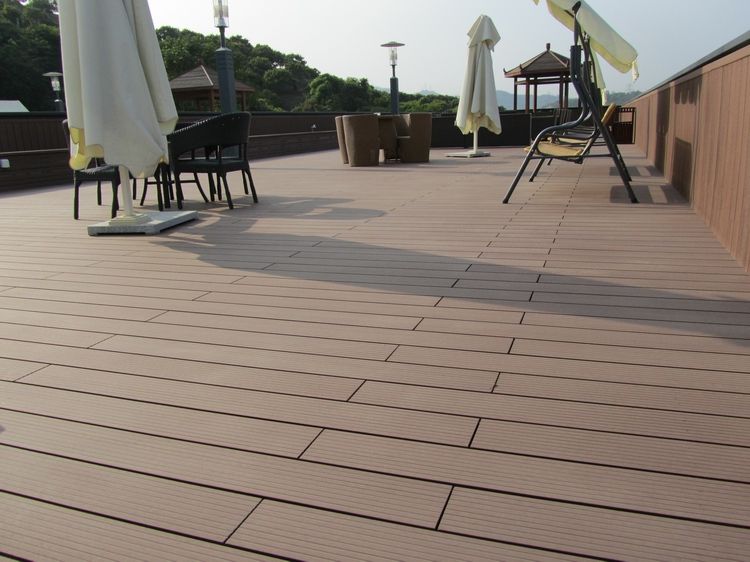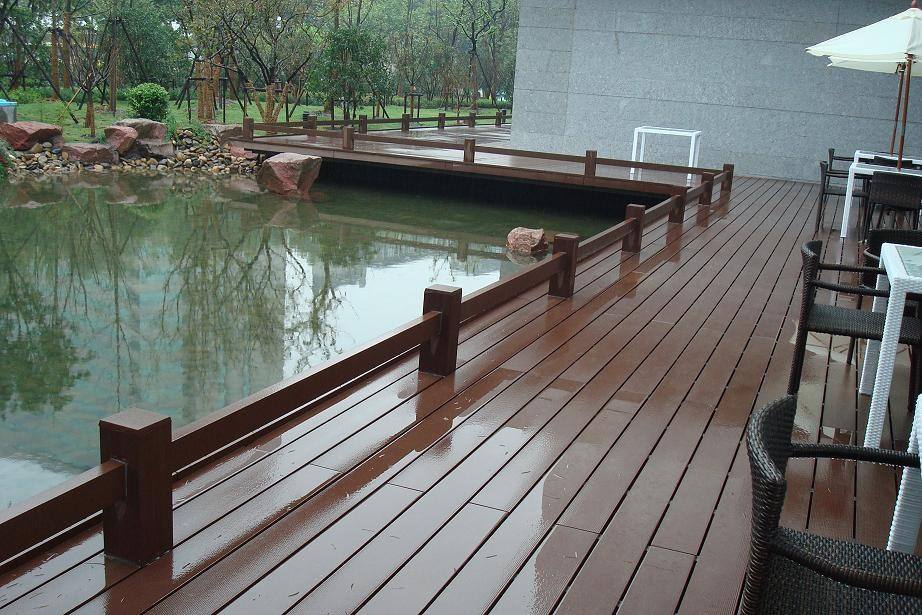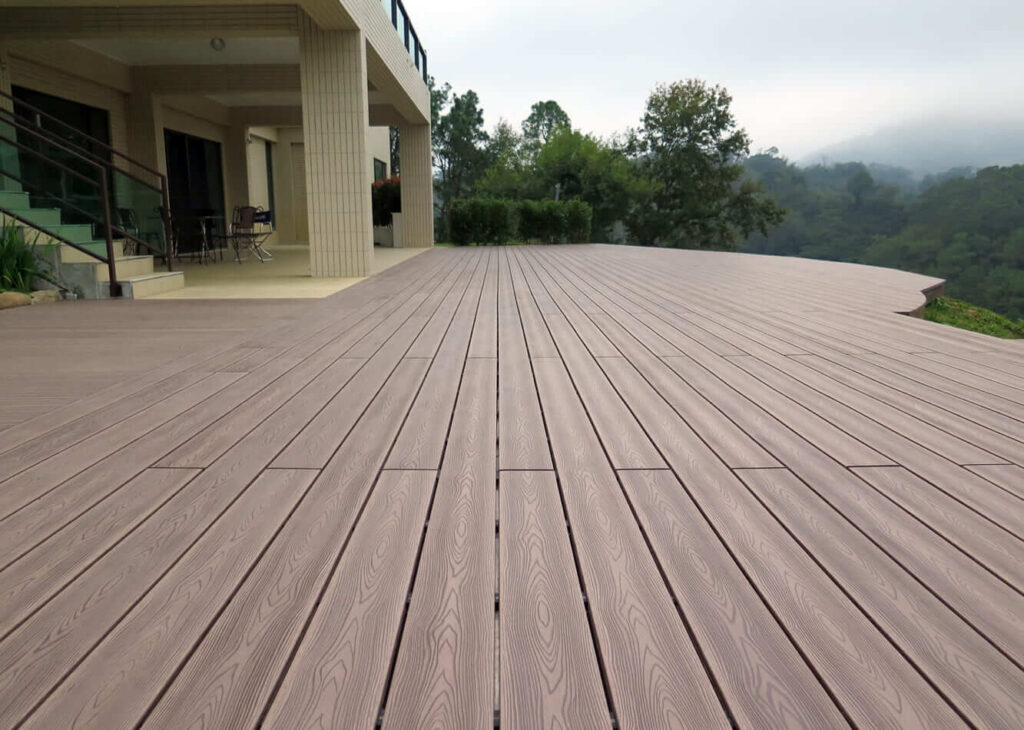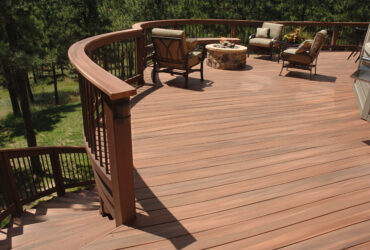New Insect-proof and Antibacterial Plastic Wood Decking
In recent years, with the improvement of people's living standards, people have higher and higher requirements for decoration products. At the same time, people have higher and more urgent needs for environmental protection and health.In home decoration, most people lay decks on the ground. The deck below has become the most hidden, largest and most difficult to control source of indoor environmental pollution.The ground, mats and decks form a sanitary dead zone that is difficult to take into account and is ignored by people. It gathers germs, insects, mites, ants and other organisms and microorganisms, which directly threatens people's health.The existing treatment method is to spread traditional pesticides under the deck. Although this method is useful for preventing pests, the pesticide itself has toxic and side effects.Even if it passes the inspection of the agricultural department and obtains a production license, it is limited to agricultural and forestry production and other special purposes and is not allowed to be used in home living environments.Another sanitation blind spot is that in home decoration, people like to lay carpets on the ground. Because the carpets do not move for a long time, bacteria, insects, mites, ants, etc. are likely to breed under the carpets as well as under the decks.

Antibacterial agents can be mainly divided into four types: inorganic antibacterial agents, organic antibacterial agents, polymer antibacterial agents and composite antibacterial agents. Different antibacterial agents have different antibacterial action mechanisms and effectiveness against the same pathogenic bacteria, and the same antibacterial agent has different antibacterial action mechanisms and inhibitory ranges against different pathogenic bacteria. In order to improve the corrosion resistance and antibacterial properties of wood-plastic decking, many scholars at home and abroad have begun to add various antibacterial agents to wood-plastic composite materials to improve the anti-corrosion and antibacterial properties of the composite materials.

At present, as people's health requirements continue to increase, the safety and environmental protection of raw materials themselves can no longer meet people's needs. Antibacterial functionalization of furniture and indoor and outdoor decks has become an irreversible trend. Since each antibacterial agent has different antibacterial mechanisms, advantages and disadvantages, the antiseptic and antibacterial effects on wood-plastic composite materials are also different. By analyzing the current research status of antiseptic and antibacterial wood-plastic composite materials, it is found that polymer antibacterial agents and various composite antibacterial agents are increasingly favored by domestic and foreign researchers due to their superior antibacterial properties.

There is a patent introducing an insect-proof and bacteriostatic wood-plastic deck and its preparation method. The components and parts by weight used to make the insect-proof and bacteriostatic wood-plastic deck are:40-50 parts of recycled plastic, 10-20 parts of polypropylene, 40-60 parts of Enteromorpha dry powder, 20-30 parts of tea meal, 1-2 parts of silane coupling agent, 1-3 parts of toughening agent,0.4-0.6 parts of AC foaming agent, 0.6-1 parts of stabilizer, 10-20 parts of wood powder, 5-15 parts of medical stone, 2-4 parts of natamycin, 10-20 parts of activated carbon,4-10 parts of β-cyclodextrin, 4-6 parts of chitosan, 1-3 parts of stearic acid, and 6-10 parts of traditional Chinese medicine additives.The product of the invention is a green and environmentally friendly product with good anti-insect and anti-bacterial properties. It can not only inhibit the growth of germs, insects, mites, ants, etc. for a long time, but also effectively protect the home environment.It is also harmless to humans, has no health and safety risks when used, and can be widely promoted.


